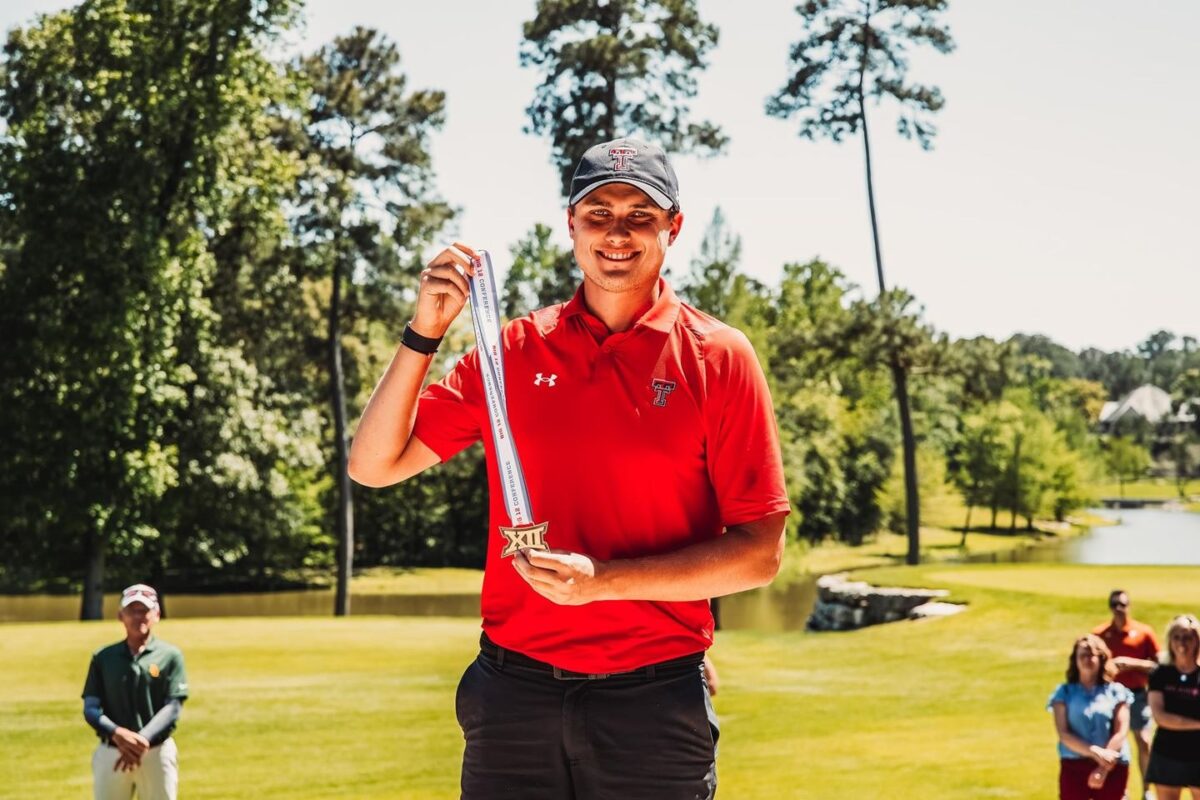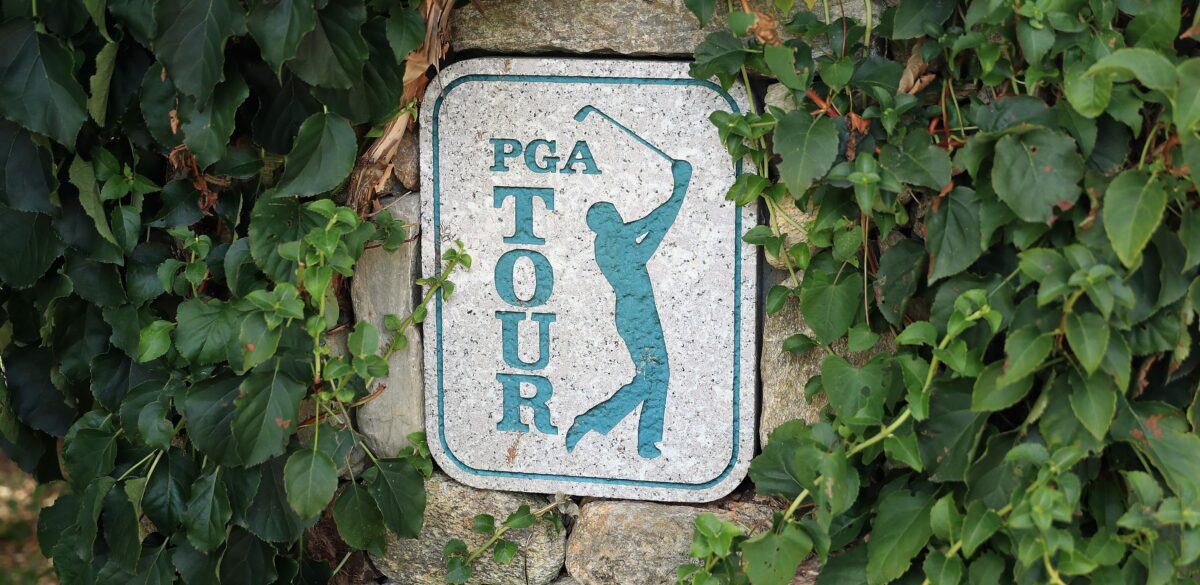The new pathways have addressed a key issue for the Tour and will give elite college players something to consider.
On Monday a new proposal was approved by the PGA Tour’s Policy Board that, effective immediately, will now allow for college golfers to earn direct access to the PGA Tour via two different pathways.
First, the No. 1 player in the final PGA Tour University Velocity Global Ranking will become a PGA Tour member and be eligible for all open, full-field events following the conclusion of the NCAA Championship in May. Before the start of the 2022-23 season in August, PGA Tour University increased its number of graduates from 15 to 20. The top-five players were set to earn Korn Ferry Tour membership, while Nos. 6-10 earn conditional Korn Ferry Tour status and Nos. 11-20 receive PGA Tour Canada and Latinoamérica status. Aside from the top player now earning PGA Tour membership, the rest of the exemptions remain the same. The Tour estimates that the No. 1 player will be eligible for 14 events in 2023, beginning with the 2023 RBC Canadian Open, June 8-11.
Second, underclassmen can earn PGA Tour membership through a new program, PGA Tour University Accelerated, where players earn points based off achievements in college, amateur and professional tournaments. For a player to receive membership via PGA Tour University Accelerated, they must earn 20 points by the end of their third year of NCAA eligibility through the following achievements:
| Win a major college golf award |
Haskins Award (3 points) |
| Hogan Award (3 points) |
| Div. I Nicklaus Award (3 points) |
| Div. I Outstanding Freshman Award (2 points) |
| Career-best rank in the World Amateur Golf Ranking |
No. 1 (5 points) |
| No. 2 (4 points) |
| No. 3 (3 points) |
| No. 4 (2 points) |
| No. 5 (1 point) |
| Tournament wins |
Div. I NCAA individual championship (3 points) |
| U.S. Amateur (3 points) |
| The Amateur (3 points) |
| Western Amateur (2 points) |
| European Amateur (2 points) |
| Latin America Amateur (2 points) |
| Asia-Pacific Amateur (2 points) |
| Participate in a national team competition |
Walker Cup (2 points) |
| Palmer Cup (1 point) |
| World Amateur Team Championship (1 point) |
| Performance in official PGA Tour events and major championships |
Top-20 finish in major championship (2 points) |
| Compete in major championship (1 point) |
| Top-10 finish in Tour event (1 point) |
| Made cut (1 point) |
For example, if Player A were to finish 13th at the 2023 Masters, he would earn four points: 1 point for competing, 1 point for a made cut and 2 points for a top-20 finish at a major.
According to the Tour, dating back to 2010 only three players would have earned membership through PGA Tour University Accelerated: Patrick Cantlay (2012), Justin Thomas (2013) and Patrick Rodgers (2014). The top current college players who have earned the most Accelerated Points are Stanford junior Michael Thorbjornsen (12 points) and Vanderbilt sophomore Gordon Sargent (10 points).
“Success at the highest levels of college and amateur golf has proven to be a strong indicator of a player’s potential as a professional golfer,” said PGA Tour Commissioner Jay Monahan via a release. “The first two classes of PGA Tour University alumni have shown us that these players are ready to compete and win immediately, and these two additions to the program further strengthen our commitment to college golf and will provide future stars with direct access to the PGA Tour.”
The move comes at a critical time for the Tour as it continues its battle with LIV Golf for supremacy in the professional ranks. College upperclassmen are undoubtedly weighing their options between the two different circuits, especially after seeing the success Eugenio Lopez-Chacarra had as a rookie with LIV in 2022.
“Well, the PGA Tour, what they’ve created with PGA Tour University is great, but they didn’t secure you anything,” Chacarra said in June on his decision to join LIV and leave Oklahoma State.
These two new pathways to the Tour have addressed that issue and will give elite college players even more to think about when it comes to their future in golf.
[listicle id=778303450]
[mm-video type=playlist id=01es6rjnsp3c84zkm6 player_id=01evcfxp4q8949fs1e image=https://golfweek.usatoday.com/wp-content/plugins/mm-video/images/playlist-icon.png]









